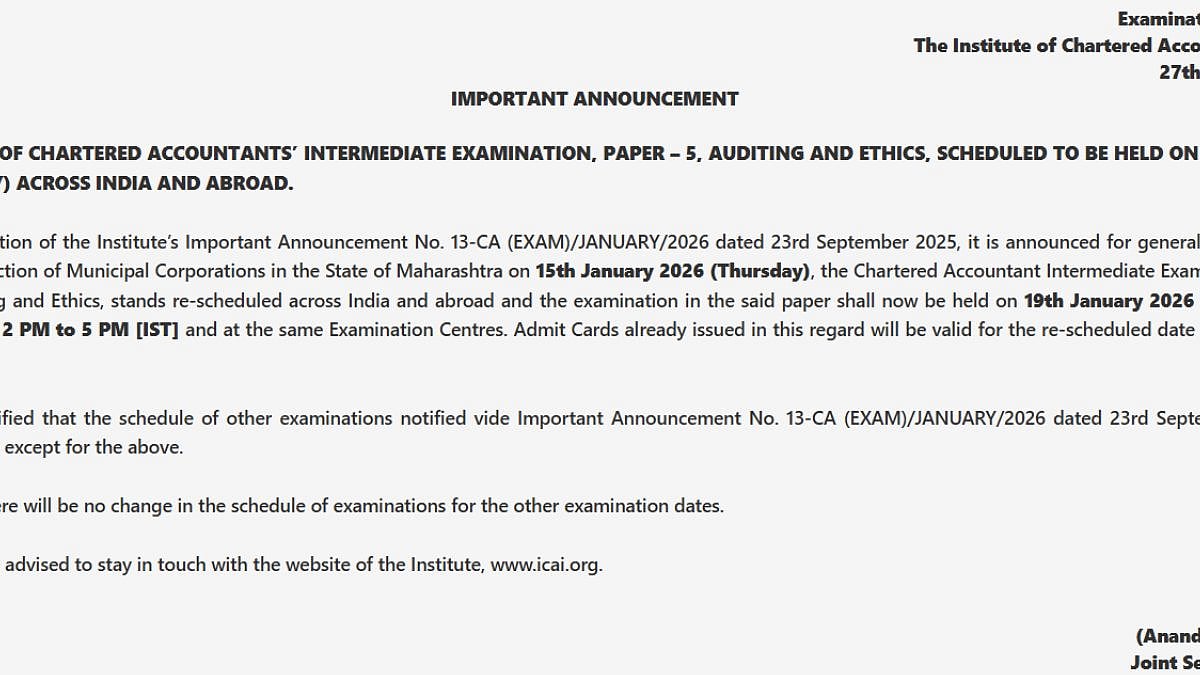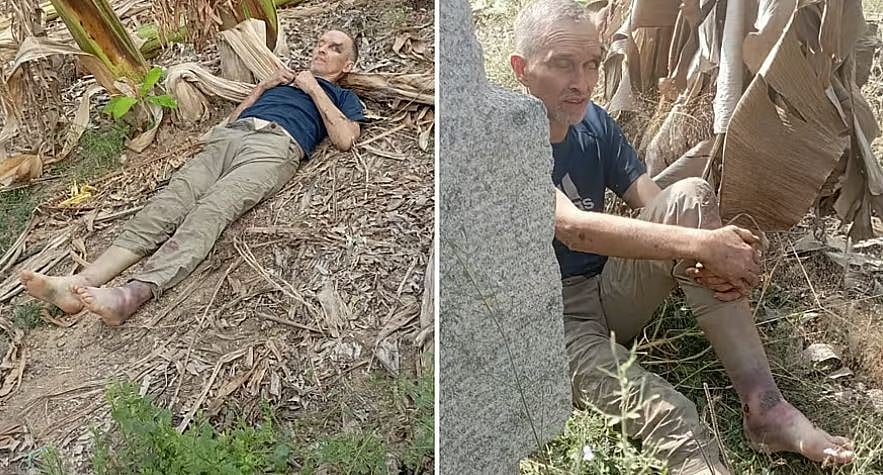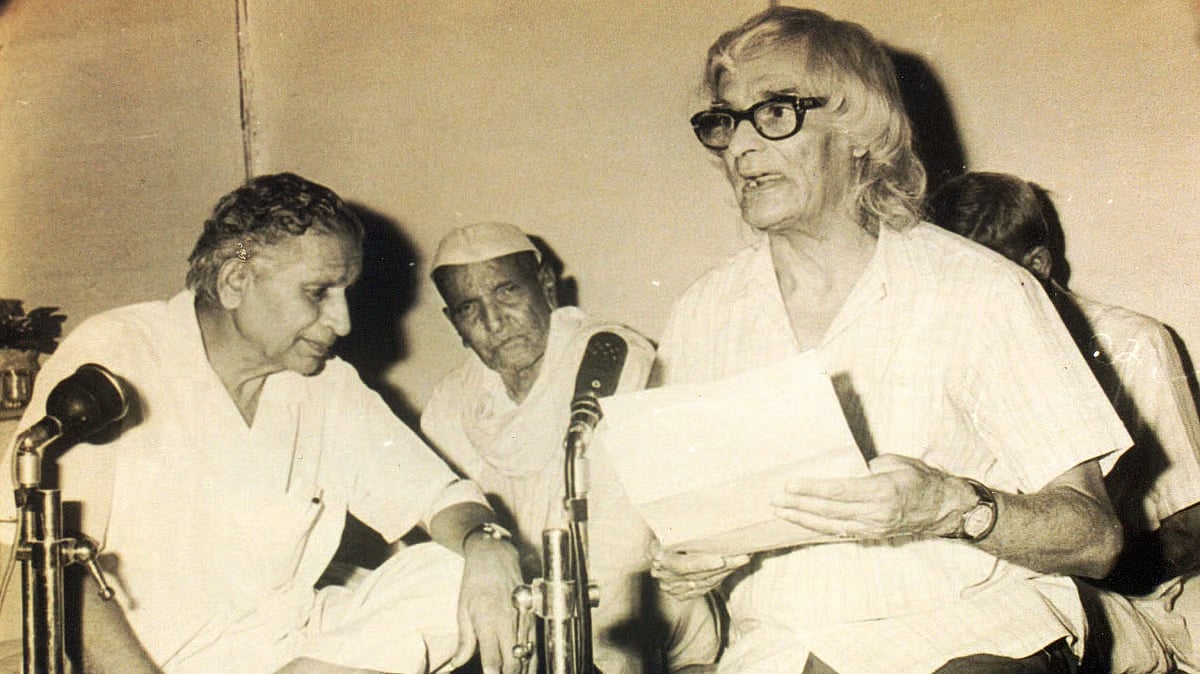The country started its "Ram Parva" with the foundation laying ceremony in Ayodhya today. Ayodhya Bhoomi Pujan was the second breakthrough in the Ram Janmabhoomi movement after the decisive Verdict by the Supreme Court in 2019.
In 3.5 years country will have a temple, perfectly timed eying next general elections and the poster boy of the event is the PM Modi, undoubtedly. PM Modi is being hailed for this achievement more than the veterans of the Ayodhya movement like LK Advani and Murli Manohar Joshi. Moreover, BJP as a party is at the epicentre of the "new era" in India's history.
The controversy over the temple began in 1853. Hindus alleged that the place where the existing mosque was built was earlier the temple, which had been demolished to construct the mosque.
Ayodhya, BJP and Congress
On December 6, 1992, thousands of Karsevaks came together to Ayodhya and demolished the "disputed structure" which led to communal riots across the country. When we discuss the Ayodhya issue, many of us keep on targeting the saffron party for the demolition of the disputed structure and followed riots.
While doing so, most of us forget to acknowledge the contribution of our most beloved secular and centrist party - Congress - in fuelling the issue. One might argue on the legalities over the role of BJP in the demolition case. However, Congress's spontaneity to hurl the Ayodhya issue in the 80s cannot be argued upon.
Connecting dots between Shahbano case, Mandal Commission Report & Ayodhya
In 80-90s country saw two big events which led to the destruction of the secular fabric of India. These were the Shahbano case during the tenure of Rajiv Gandhi and Mandal Commission Report adoption in 1990 by VP Singh's government.
Now, one might ask what do these two things have to do with the secularism and Ayodhya issue.
These two events, however, led to both - BJP and Congress - to look for their solace in Lord Rama to frame their political strategies in the difficult times.
Rajiv Gandhi and Ayodhya Issue
The story goes back to the Rajiv Gandhi days, it was when the Supreme Court decided upon the famous Shahbano case. Shah Bano, a 62-year-old Muslim mother of five from Indore, Madhya Pradesh, was divorced by her husband in 1978. She filed a criminal suit in the Supreme Court of India, in which she won the right to alimony from her husband.
However, the Muslim politicians started a campaign for the verdict's nullification. The Indian Parliament reversed the judgement under pressure from Muslim clergies with law the Muslim Women’s (Protection of Rights on Divorce) Act (MWA) of 1986.
At the helm of this judgement was the then PM of India Rajiv Gandhi who used the absolute majority he had in the Indian parliament. The law received severe criticism from several sections of the society. The Opposition labelled the attempts of Rajiv Gandhi government and Indian National Congress as another act of "appeasement" towards the minority community.
The issue created communal tension in the country as the opposition claimed that the government bowed down to the pressure from Muslim clergies.
To encash the sentiment, Vishva Hindu Parishad then took on the cause of Ram Mandir. The Lucknow bench of Allahabad High Court, however, had ordered a status quo on the issue. VHP was determined and collected funds and bricks with Shree Ram written on them organised Karsevaks and held prayers to go ahead with the Shilanyas.
Rajiv Gandhi government saw it a chance to undo the damage done to its image after it enacted the infamous Muslim Women’s (Protection of Rights on Divorce) Act (MWA) of 1986 and gave the permission to VHP to go ahead. And in a bid to give something to its Hindu vote base, Rajiv Gandhi government also ordered the locks on the Babri Masjid gates to be removed.
Adding to this, Gandhi, started his election campaign from the region. Talking about the issue, Zoya Hasan, in the book 'Congress After Indira: Policy, Power, Political Change (1984-2009)', Oxford University Press, writes, "In the event, Rajiv Gandhi launched his party’s election campaign with a meeting at Ayodhya-Faizabad on 3 November 1989. He was under pressure to start the campaign from Faizabad and not Nagaur as was earlier decided."
"It was widely expected that he would assert on this occasion his own and his party’s commitment to secularism but he instead promised to establish Rama Rajya. This was apparently not part of the draft of the speech and was added later in Faizabad", she adds.
"Senior Congress leader from Uttar Pradesh, Kamlapati Tripathi, warned that this craven approach would destroy the unity and integrity of the country and the only course open to the party was mass mobilisation to counter the VHP moves. Needless to say, the party leaders did not heed this advice as it was keen to undercut the BJP’s temple campaign with its own gestures to appease Hindu sentiment but it backfired as the Sangh Parivar rapidly seized the initiative" writes Zoya Hasan.
If you consider the connection between Congress and Ayodhya, however, you will realise that Rajiv Gandhi was not the only one who "helped" the cause of Ayodhya. Actions and statements of Congress leaders like GB Pant, Rajendra Prasad also were the precursor of what was to come in future.
BJP and Ayodhya
As the secular party chose its path to Ayodhya to balance its 'appeasement politics', the saffron party was not behind in the race!
In 1990, when VP Singh adopted the famous Mandal Commission Report which was not considered since 1980 by any government. VP Singh government by adopting the report gave 27% reservation quota for OBC resulting in total 49.5% quota in government jobs and public universities.
The decision led to a widespread protest by upper castes in India. The BJP which was indirectly supporting the govt found itself in dilemma. Supporting the cause would have amounted it in losing the mass upper caste vote base. The party at the same time didn't want to disenchant its OBC voters.
To tackle the issue it took upon the cause of Ayodhya with new fervour.
Both the parties - the secular and saffron - in such a way found their solace in Rama to continue their political journey.
What was just a political gamble for BJP and Congress, however, changed the country's secular fabric forever. The upcoming days saw the demolition of the Babri Masjid followed by worst-ever riots in independent India.
The issue was so engraved on the minds of Indians, that we can link back the 2002 Gujrat riots to it.
How Congress found its inner Ram Bhakt
Both the parties were, however, unapologetic about their deeds. While BJP continued the chest-thumping on the issue, Congress continued to camouflage the issue under its pseudo-secularism till the date.
Thus, when Priyanka Gandhi found herself amidst dilemma now, she chose the old path to mince the "Ramadhun" in secularism debate. However, leaders like Digvijaya Singh and Kamalnath did not mince their words on the Ayodhya Bhoomi Pujan.
Yesterday, welcoming the upcoming construction of a Ram temple, former Madhya Pradesh CM Kamal Nath said its foundation had been led by prime minister (late) Rajiv Gandhi "who had opened the Ram Janmabhoomi temple site in 1985".
"These are our sentiments... Rajivji had said in 1989 that ''Ram Rajya'' should come in the country. It's due to Rajiv Gandhi that the dream of Ram temple is coming true. Had he been alive, he would have been very happy," Nath said.
Nath's colleague Digvijaya Singh said former prime minister Rajiv Gandhi also wanted the temple to come up. Madhya Pradesh (MP) Congress unit also declared that it would send 11 silver bricks to Ayodhya to be used.
So now, if you find yourself in confusion after seeing the reactions of Congress leaders to Ayodhya, you should go read about the days when Congress found its solace in Rama. The only difference in the old days and the this new 'Ram Parva' of the party is that earlier it would not chest thump about the issue and now the party is all open in its support to the cause of Ram Mandir.
(With inputs from agencies)
(The author is a web desk journalist with the Free Press Journal. Views expressed are personal.)











